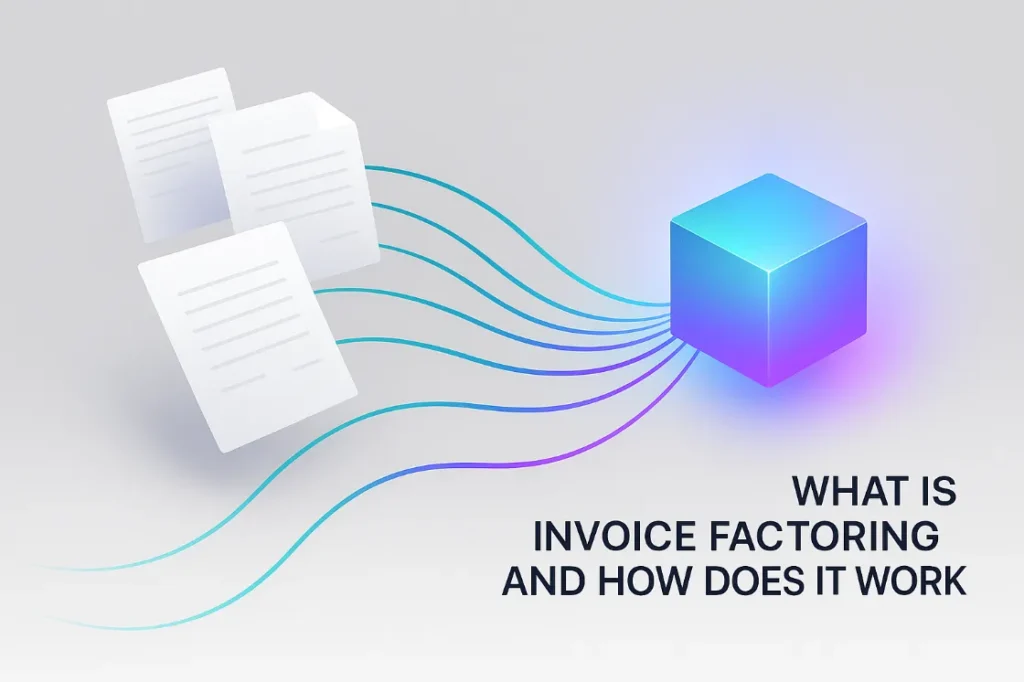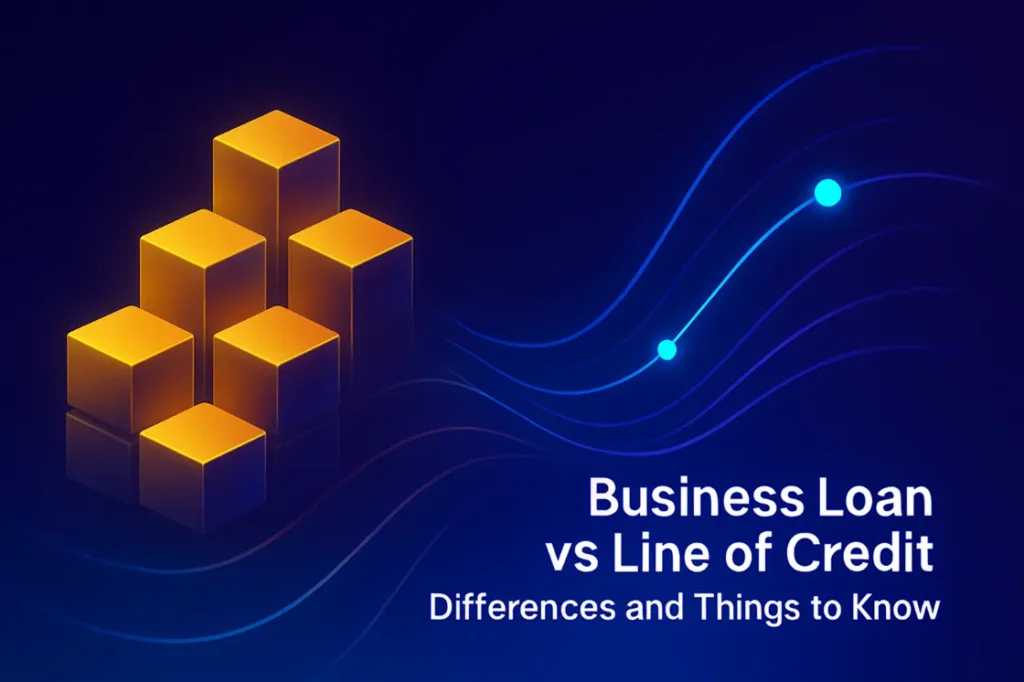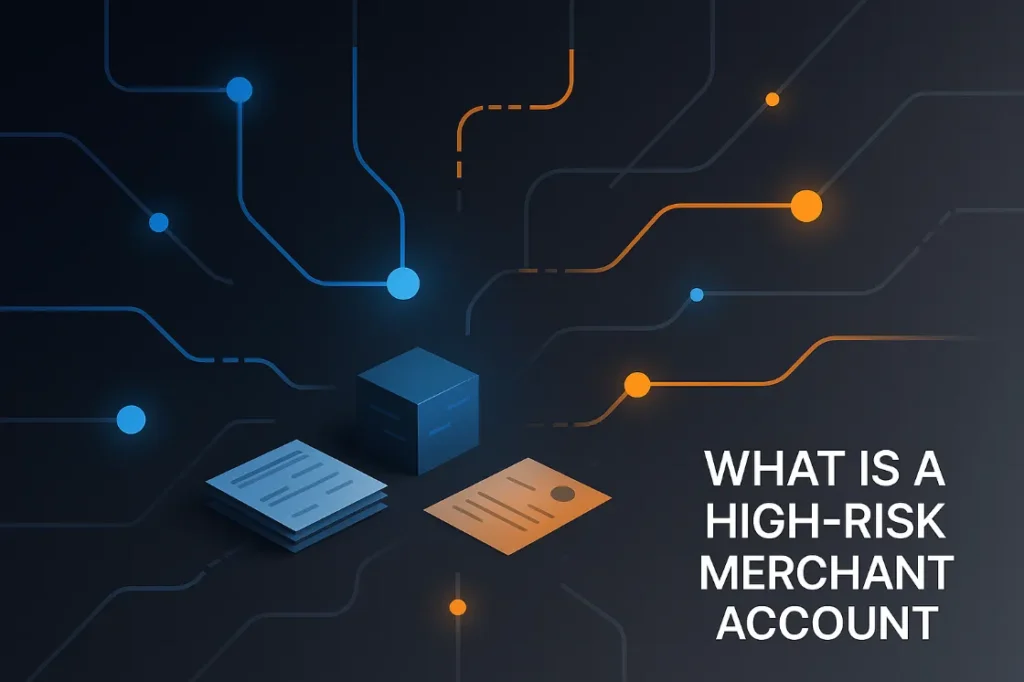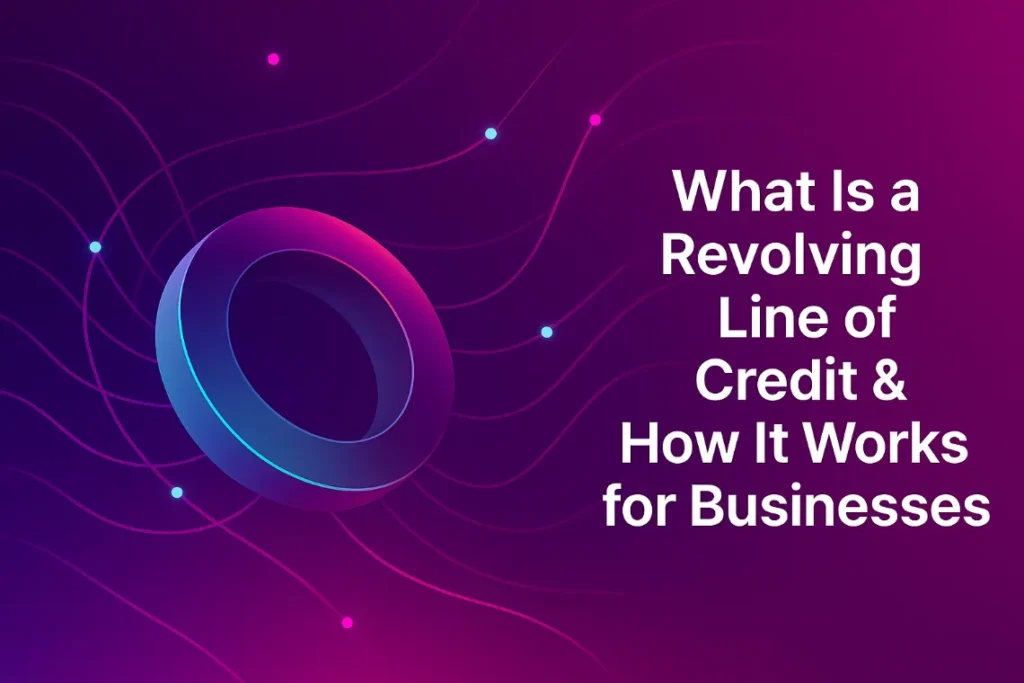Key Takeaways
- Selling unpaid invoices to a third party for cash upfront is known as invoice factoring.
- Fees can vary depending on the factoring company you choose, the number of invoices you have, and how quickly your customers pay.
- Factoring works best for B2B companies that need cash fast and might not qualify for traditional financing.
One of the toughest aspects of running a small B2B business can be waiting for invoices to mature. Customers typically have up to 30 days to pay once invoices are presented. Meanwhile, the costs of running the business accrue on a continual basis. Invoice factoring is a tool business owners can use to bridge this gap. Also known as accounts receivable factoring, or debt factoring, this can convert outstanding invoices into cash almost immediately. Wondering how invoice factoring works? Read on.
How Invoice Factoring Works
Simply put, invoice factoring entails selling control of your accounts receivable, either in part or in full. Basically, you’ll sell unpaid invoices to a factoring company in exchange for a percentage of the total amount due, which they will provide once the invoices are confirmed to be valid. The exact percentage varies, but can be up to 90% of the balances due in some cases.
Your customers will then pay the factoring company when (or ideally before) the invoices come due. By the way, the factoring company takes on the responsibility of collecting on the debts if customers are slow to pay. Once the funds are secured, the factoring company keeps a cut for providing the service; along with the amount they fronted you.
It’s important to recognize that cut can get pretty hefty if your customers take a long time to pay. Fees can sometimes be based on the amount of effort the factoring company must expend to collect the monies owed. There might also be application charges and processing costs to pay.
What’s left is forwarded to you. Ultimately, when all is said and done, you’ll get the full amount of the invoice, less the fees the factoring company charged for providing the service. By the way, as you may have figured out, factoring works best for B2B enterprises. Consumer facing companies typically don’t qualify for factoring.
Invoice Factoring vs Invoice Financing
Okay, so now that you have an idea of how invoice factoring works, here’s how it’s different from invoice financing. While technically the factoring company does provide a short-term loan, they assume all responsibility for making sure the invoice is paid, as well as making sure the customer is in a position to pay the invoice in the first place. In other words, all of the risks associated with the invoices are passed on to the factoring company.
Meanwhile, invoice financing means your outstanding invoices serve as collateral for a loan from a credit union, bank or finance company. You’ll need to pass credit and income checks in order to qualify for the loan amount you’re seeking. These do not come into play with factoring. You’ll also need to demonstrate the invoices are viable and make sure your customers pay the amounts owed. A set amount of time within which to repay the loan- plus interest and any potential fees the lender might require – will be established.
Invoice financing vs. factoring: Which is right for your business?
When it comes to determining whether it’s better to pursue invoice financing vs factoring, it really depends on how quickly you need the money and how much you’re willing to pay to get the cash. Financing can be less costly in some cases. However, the process of getting the cash can be longer and more drawn out with financing.
On the other hand, keep complete control over your relationships with your customers with financing. Because you’ll delegate the responsibility for collecting on the invoices to the factoring company, your customers will be subjected to whatever tactics the factoring company employs to recoup the funds. Given they primarily care about getting the money, your long-term relationships with those customers might be treated as secondary.
With that said, factoring typically gets the money in your hands faster, which can facilitate better cash flow. It’s easier to qualify for factoring too. And, you don’t need to provide a factoring company with collateral, as they assume all of the risk.
When all is said and done, financing might be a better way to go if you have strong relationships with your customers and they always pay on time. However, factoring could be the better play if cash flow is threatening to become an issue and you need an influx of capital as quickly as possible.







